Avoid risks and get all import solutions from a single company. Discover how our services can improve the profitability of your business and make it grow.
Tariffs are the taxes paid by the importer according to the TARIC goods classification system. The tariff code, the country of origin of the goods, and the destination country are used to calculate the taxes and to determine if certain requirements for importation must be met. Knowing and correctly applying the tariff codes avoids significant economic losses due to sanctions, returns to the country of origin, or destruction of goods in customs.
The TARIC code applies different rules to the importation of products from third countries. Goods are classified into tariff codes and receive a unique and specific nomenclature based on which tariffs are applied.
The importer must pay the taxes in order to receive the goods. If customs authorities detect any errors in the tariff code classification, they can fine the importer, require a supplementary tax settlement, or even return the goods to their origin. Tariff classification criteria are complex, so to avoid surprises, it is advisable to delegate this task to an import management expert like Bull Importer.
Tariff Classification
Tariffs are a type of tax and, as such, can vary in amount based on various criteria. In some cases, certain goods are exempt from payment depending on the country of origin and international agreements.
The common tariff types include:
- Ad-Valorem. These are the most common tariffs, calculated by applying a percentage to the value of the imported goods.
- Specific. These are tariffs calculated by volume or quantity, often applied based on the weight or units of goods.
- Mixed. These are a combination of the two above.
- Compound. These are more complicated to calculate because they combine different criteria and regulations.
- Duties Associated with Agricultural Policy. This type of tariff is usually a combination of mixed and compound tariffs.
Although these are the most common types, they are not employed in all cases or in all countries. Sometimes, temporary measures are applied that reduce, increase, or eliminate tariffs. This is why it is so important to be familiar with the regulations applicable to each import.
Goods Classification by Tariff Codes
Tariff codes are used to classify goods based on their raw materials, manufacturing type, and presentation, among other criteria.
The origin of the goods influences the application of tariffs, and except for products entirely manufactured in one country, classification is often complex, as it combines different variables and customs law rules.
Here are some of the criteria considered for tariff code classification:
Natural Products
- Unprocessed, meaning raw materials from plants, minerals, or animals.
- Processed, for example, raw materials that have been frozen or dried.
Finished Products
- By type of manufacturing. Classified by composition and degree of processing.
- By function. Classified by use, destination, or primary function.
Presentation Form
The presentation form of the goods can be bulk, vacuum-packed, disassembled, etc.




